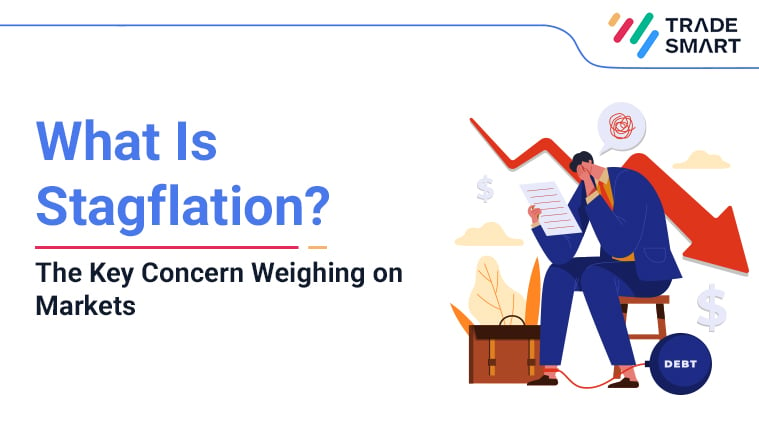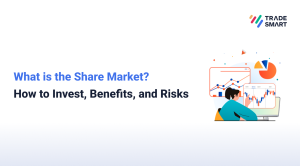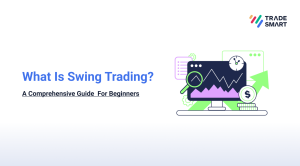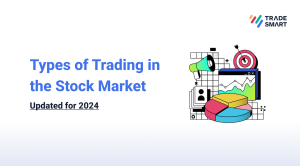
Stepping into 2022, the global economy seemed to be recovering from the shock of the COVID-19 pandemic, and the businesses were coming ‘back to normal’ as described by market veterans and economists. However, the global economy suffered another blow in late February, this time in the form of Russia’s invasion of Ukraine. The Russia-Ukraine war not only cut supplies of essential goods such as crude oil, wheat, sunflower oil, etc., but also disrupted supply-chain, which has ultimately led to a spike in inflation.
According to market veterans, the world is now facing an adverse economic situation known as ‘stagflation’, an economic situation characterised by low or negative economic growth, high unemployment and rising inflation.
A stagflation situation unravels when economy faces rapid increase in prices of energy and commodities amid supply shocks. This unfavourable rise in prices slows economic growth by increasing production costs, leading in lower profitability and contraction of margins for businesses.
Stagflation can also be created if the government policies increase money supply in the economy causing inflation to rise, rather than boosting economic growth.
Stagflation is usually followed by an economic recession leading to joblessness, currency value deterioration, social unrest, demand destruction, and host of other problems.
The Russia-Ukraine war has jolted the markets since the beginning of the new year. This crisis has led to a disruption in supply chain across the globe causing a sharp spike in energy and commodity prices.
The global crude oil prices have surged massively by around 45% posing a great challenge to oil importing countries such as India. This led inflation to surge to double digits in some countries making it painful for policymakers and central bankers to address the situation.
When inflation surpasses acceptable levels, central banks increases interest rates to curb the excessive rise in prices. However, since the economic growth has also slowed, they cannot raise rates as higher borrowing cost negatively affects economic growth. Neither can they loosen the monetary policies as it would further increase inflationary pressure.
The response of central banks
The central bankers have started raising interest rates and shrinking their balance sheets. The US Federal Reserve has increased its benchmark interest rate by 50 basis points, to a range of 0.75% -1%, to tame the inflation which is at a four-decade high.
The Reserve Bank of India (RBI), in an off-cycle monetary policy, announced an unscheduled repo rate hike by 40 bps to 4.40%, the first hike since the pandemic.
The Australia’s central bank also has recently announced its first interest rate hike in more than a decade, while the Bank of England also increased interest rates by a quarter-point to 1%, their highest since 2009. UK is facing double-digit inflation rate of above 10%.
Meanwhile, bond markets continue to show warnings signals about high inflation. Treasury bonds is US have been hammered amid concerns over slowing growth and further rate hikes by the Fed to tackle inflation. The US 10-year Treasury yield has hit levels of around 3.10%.
The International Monetary Fund recently cut its global economic growth forecast to 3.6% for both 2022 and 2023 seeing direct spill over of the Russia – Ukraine war. IMF has issued a warning that inflation was now a “clear and present danger” for many countries.
Markets globally have been reacting strongly to stagflationary pressures. The S&P500 has lost around 13% so far this year, while in the domestic market, Sensex and Nifty, have only declined around 5% year-to-date (YTD).
Disclaimer:
This article is for information purposes only and should not be considered as stock recommendation or advice to buy or sell shares of any company. Investing in the stock market can be risky. It is therefore advisable to research well or consult an investment advisor before investing in shares, derivatives or any other such financial instruments traded on the exchanges.












[…] Know What is Stagflation and its causes in the Indian economy and worldwide. Check out all the related information about what is stagflation online at TradeSmart. […]
[…] Fuente […]